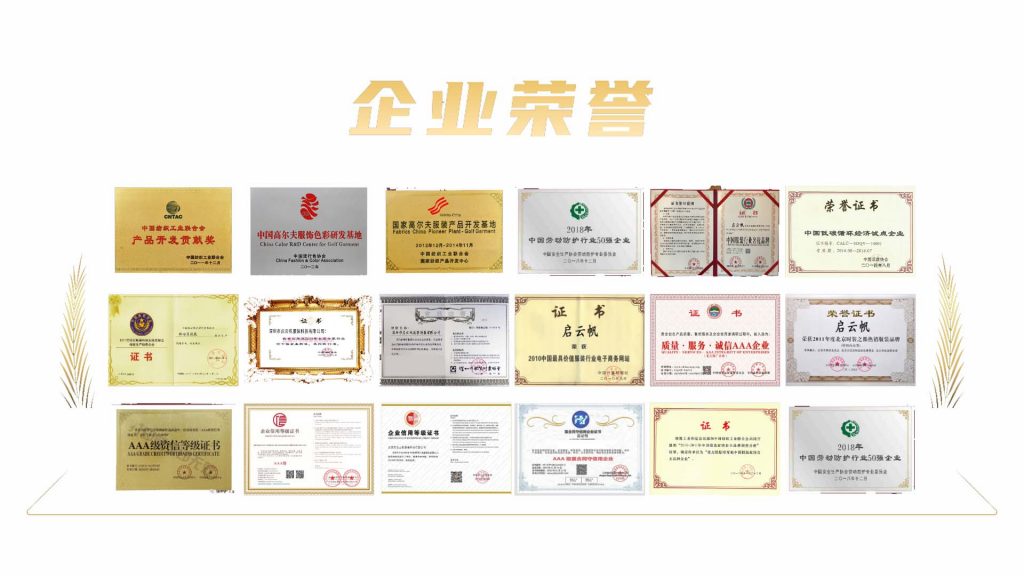
Title: Maintaining Clean and Safe Environments with Class 1000 Cleanroom Clothing
Introduction:
In various industries, such as electronics manufacturing, pharmaceuticals, and biotechnology, the need for a controlled and clean environment is paramount. To ensure the protection of sensitive products, equipment, and personnel, the use of class 1000 cleanrooms has become common practice. A vital component of these controlled environments is the class 1000 cleanroom clothing, designed to maintain cleanliness and minimize particle contamination. This article will delve into the importance and features of class 1000 cleanroom clothing.
1. Ensuring Airborne Particle Control:
Class 1000 cleanrooms require strict control of airborne particles. Cleanroom clothing plays a vital role in achieving this by minimizing the release of particles from the wearer. Made from specialized materials, such as synthetic fibers or polyester blends, the garments are designed to be low-linting, reducing the introduction of contaminants into the cleanroom atmosphere.
2. Covering the Entire Body:
Class 1000 cleanroom clothing typically consists of a one-piece jumpsuit or a two-piece suit comprising a cleanroom gown and pants. These garments are designed to cover the entire body, including the head and feet, to minimize the risk of particle release. Hooded coveralls with attached booties or separate cleanroom hoods and shoe covers are commonly used to provide complete coverage.
3. Encapsulating Design:
To further minimize particle release, class 1000 cleanroom clothing often features an encapsulating design. This means that the garment fully encloses the wearer, with elasticized cuffs or a tight-fitting waist and ankle bands to create a sealed barrier. Such design elements help prevent the escape of particles from the clothing to maintain the cleanliness of the cleanroom environment.
4. Antistatic Properties:
In certain industries, where static electricity can pose a risk to sensitive electronic components, class 1000 cleanroom clothing incorporates antistatic properties. These garments are treated with special coatings or have conductive fibers woven into the fabric to dissipate any static charges that may otherwise damage or contaminate the products or equipment within the cleanroom.
5. Comfort and Breathability:
While the primary focus of class 1000 cleanroom clothing is to maintain cleanliness, comfort and breathability are also crucial factors to consider. Cleanroom garments are designed to be lightweight, breathable, and comfortable to wear for extended periods. Moisture-wicking properties and ventilation panels may be incorporated into the fabric to keep the wearer cool and dry throughout their workday.
6. Proper Maintenance and Sterilization:
To ensure the effectiveness of class 1000 cleanroom clothing, proper maintenance and sterilization procedures must be followed. These garments should be regularly cleaned and sanitized according to established protocols to remove any accumulated particles or contaminants. Disposable options are also available, providing convenience and eliminating the need for laundering.
Conclusion:
The importance of maintaining controlled and clean environments cannot be understated in industries where particle contamination can lead to product defects, quality issues, or compromised safety. Class 1000 cleanroom clothing plays a pivotal role in achieving this goal by minimizing particle release from personnel. Incorporating features such as low-linting materials, encapsulating designs, antistatic properties, and comfort-enhancing elements ensures both cleanliness and the well-being of the wearer. By adhering to proper maintenance and sterilization procedures, businesses can confidently maintain the integrity of their clean environments and safeguard their operations.
今天关于千级无尘服就聊到这里哦,有更多千级无尘服相关咨询请联系启云帆服装哦!
